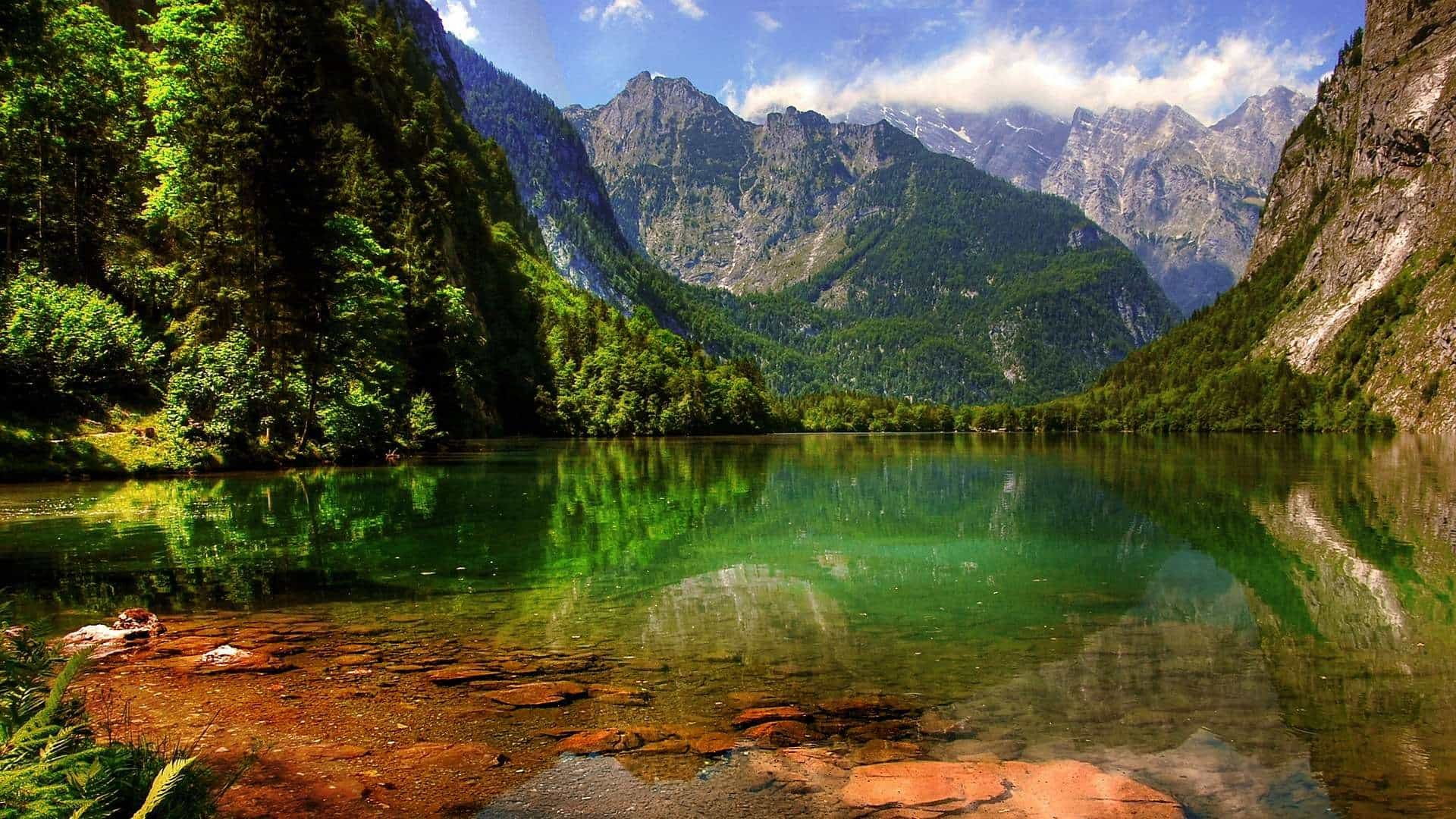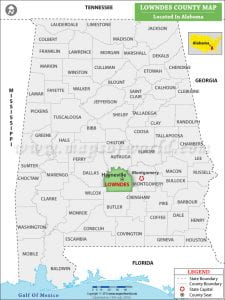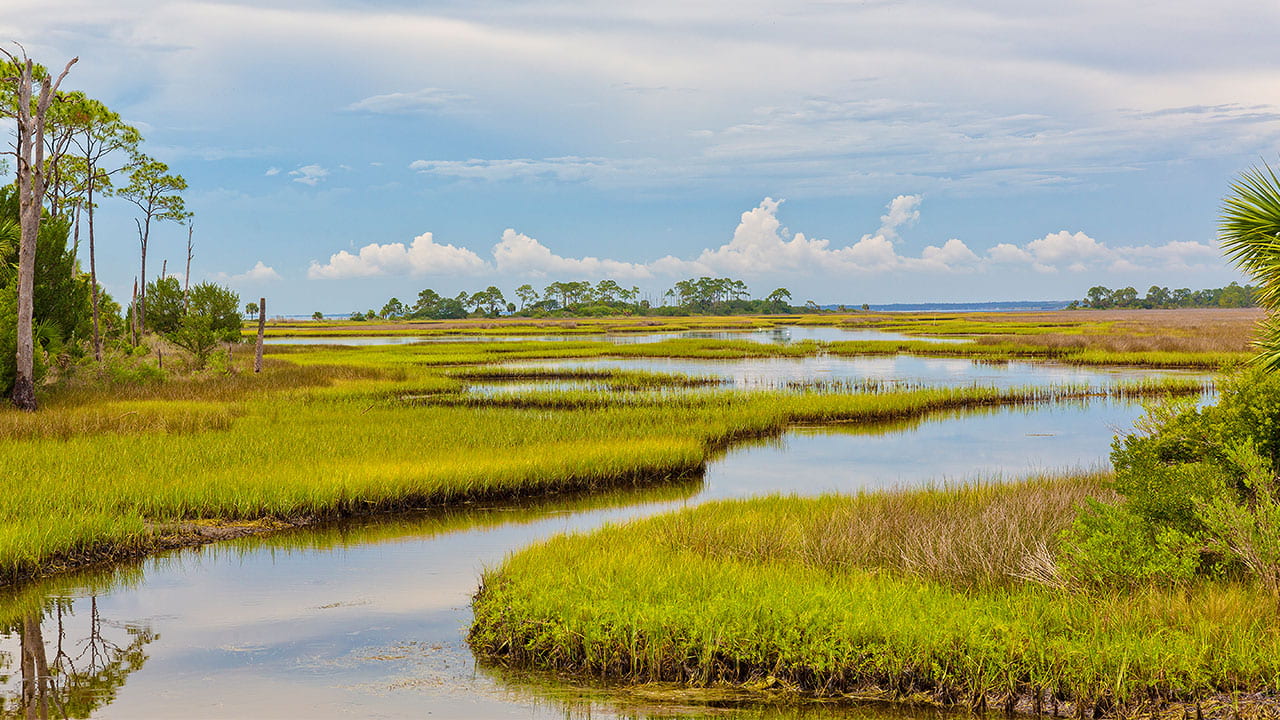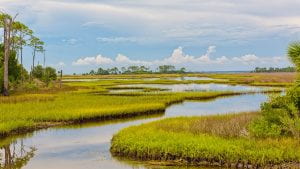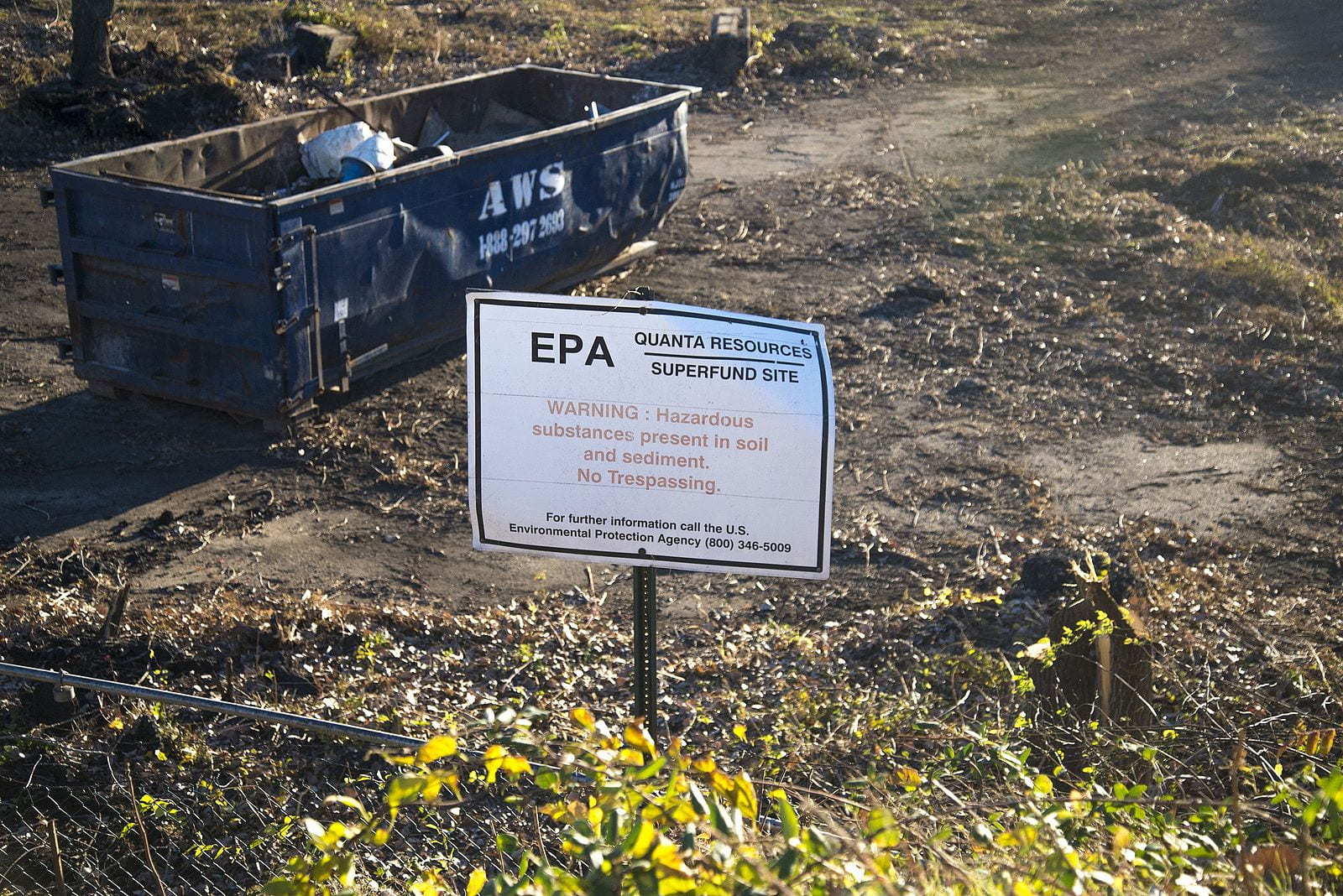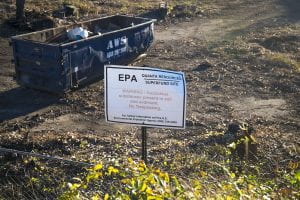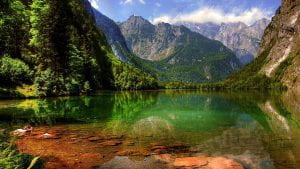
Typically, when you hear “human rights” in a sentence, it is either preceded or followed by words with negative connotations — crises, violations, atrocities, etc. However, this blog will aim to highlight positives and focus on the environment.
After reading many articles about environmental issues, some people might be unaware that we have made environmental progress throughout the year. As the Earth is home to all humans, any sort of environmental success, no matter how small, benefits the human species as a whole.
The Ozone

Perhaps one of the most remarkable environmental victories was the recovery of the Ozone layer. The Ozone layer is located in Earth’s atmosphere and is responsible for blocking excess ultraviolet light from reaching life on Earth. Without the Ozone, the ultraviolet radiation would harm all life on earth, including plants.
In 1985, scientists discovered what seemed to be a hole forming in the Ozone. If the formation of this hole had not been stopped, the Ozone could have depleted significantly enough to allow ultraviolet radiation to penetrate Earth’s atmosphere and reach life on Earth.
The Ozone layer was depleting due to human emissions of chlorofluorocarbons, which are found in refrigerators, air sprays, and other common items which humans use.
While chlorofluorocarbons pose a menacing threat to the environment, thankfully in 1987, almost 200 nations signed the Montreal Protocol, which prohibited the use and production of items containing chlorofluorocarbons.
This act of international cooperation proved to be beneficial, as the Ozone recovered significantly in the coming years. In fact, the United Nations (UN) predicts that by 2035, the Ozone will be fully replenished in the Arctic and Northern Hemisphere.
This is why swift actions of nations are vital to correct threats to the environment. This collaborative effort by the nations to join forces to solve this issue with the Ozone makes it one of the most remarkable environmental successes of all times?
The Rise of Environmentally-Friendly Fuel

Another environmental success was one that originated in the United States in the 1970s. The United States (US) decided to federally ban the use of a certain type of lead in gasoline which had potent toxins encoded within it.
After the US ban, Canada and some European nations followed suit. Again, due to this combined effort, lead levels dropped from the air, which resulted in a decrease in respiratory diseases invoked by lead..Additionally, evidence of lead levels decreased in human blood, allowing gasoline users (which was anyone who drove a car or made contact with gasoline) to live healthier lives.
Needless to say, the international effort to stop using lead gasoline was a great environmental success for lead gasoline, according to what the World Health Organizations once deemed was “the mistake of the 20th century.”
Renewable Energy
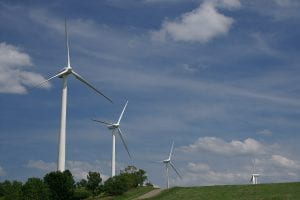
While gas that does not contain toxic lead surely is a success; not using gas at all is even a greater success. Gas and fossil fuels will inherently create pollution, which will eventually harm the environment, regardless of how eco-friendly the gas/fossil fuel happens to be.
However, recently, there has been more of a push than ever for renewable energy rather than rely on fossil fuels for energy. Many nations have started utilizing solar and wind power, both which do not harm the environment.
This push for renewable energy has allowed it to become more accessible and the prices low. In fact, since 2010, the cost of installing solar power has decreased by 85% and the cost of wind power has fallen by 50% so renewable energy is now cheaper than fossil fuels. This is a major accomplishment for all of humankind. We have reached a point where fossil fuels, which are harmful to the environment,are rarely used in comparison to renewable energy. Years ago, many would have viewed this change as an impossible feat. However, an impossible feat it is not, it is another environmental victory.
The Bottom Line

While this blog only lists a couple environmental successes, they are by no means the only ones. Throughout the years, there have been hundreds of success stories that have helped keep our environment healthy and prosperous.
However, even with these successes in mind, environmental problems are still incredibly prevalent. Global warming, despite all of the successes mentioned, still prevails.
These environmental problems are dire, and they need to be solved as soon as possible. Thankfully, as we have seen happen throughout the years, environmental problems can be solved.
It is for those reasons that it is important to make note of environmental successes. It is not simply just for peace of mind—it is so that we are all well aware that we have been able to solve problems in the past, so this should inspire us to continue tosolve problems in the future.
As our Earth grows older, it is plausible that it might face more dangers and we are capable of overcoming environmental threats. While the Earth indeed grows older, so do we. As our technology advances, we should be confident that we are equipped to handle the environmental challenges that come our way.
